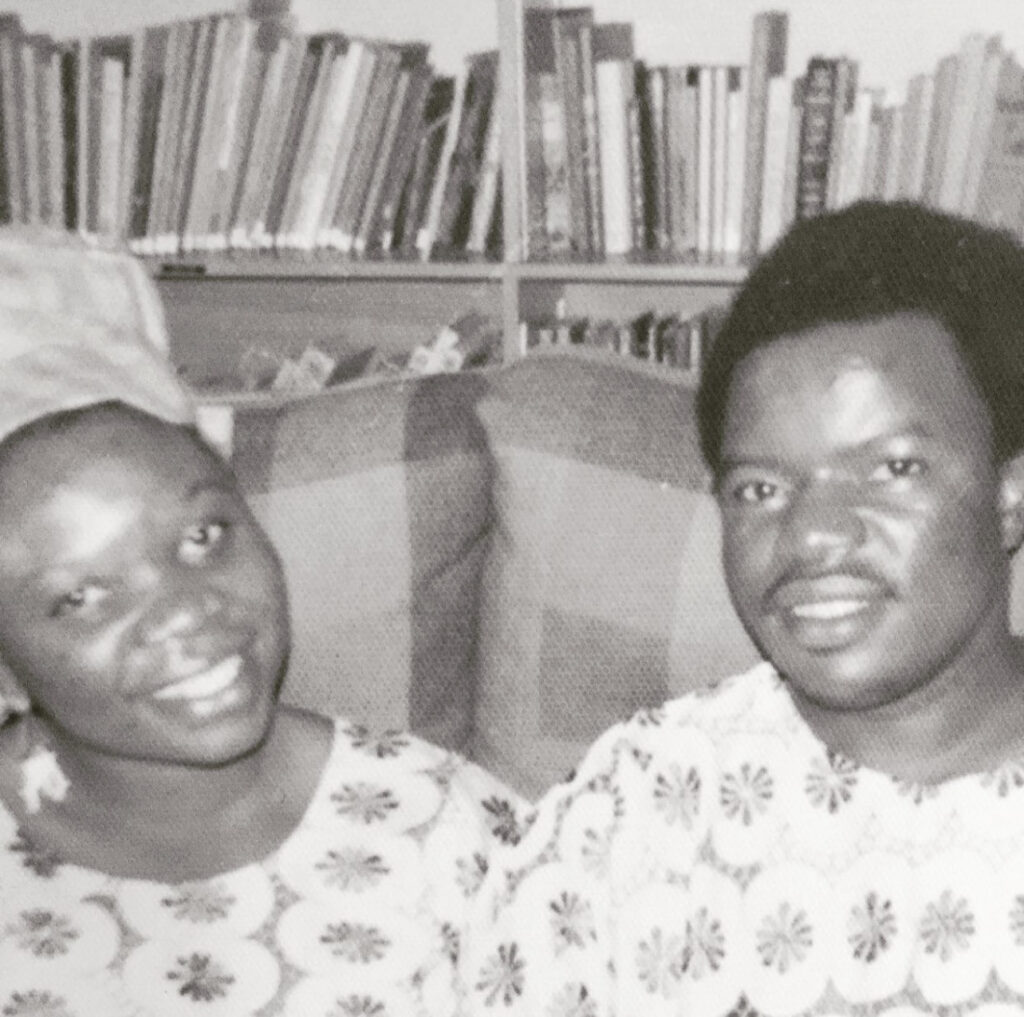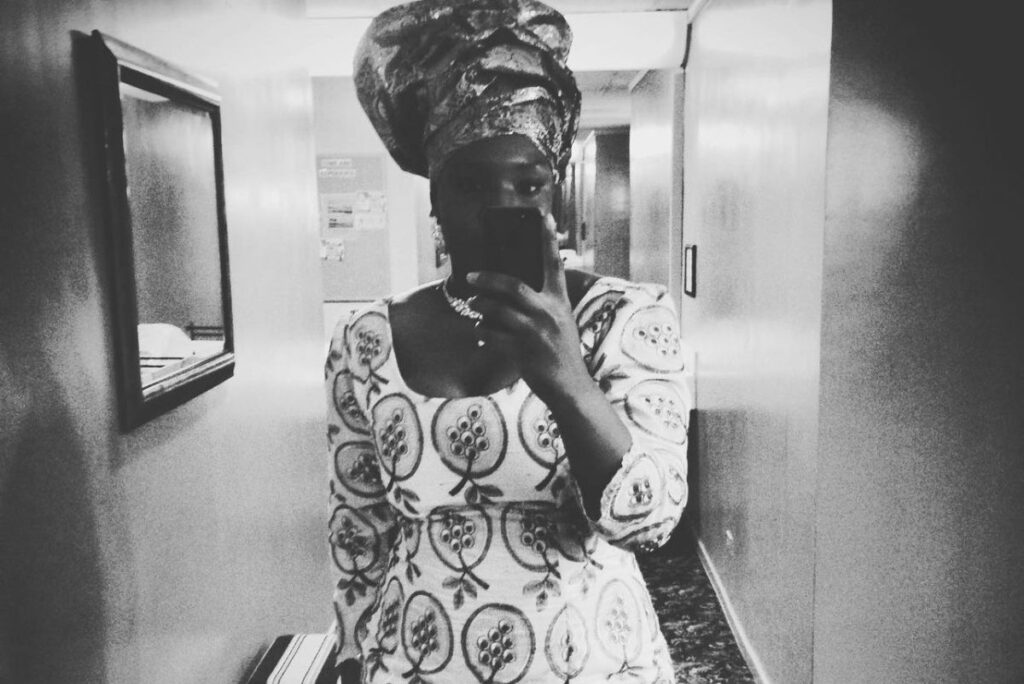I am the daughter of two immigrants from Nigeria that came to America in the 70s. During that time there were mostly Caucasian faces on T.V and it seemed like African Americans were portrayed to be dangerous to society and/or over-sexualized. This portrayal was evidenced by the way Black people were portrayed in the media
Growing up, most of the African American music I was exposed to had hyper-sexual suggestive lyrics, with women half-naked in music videos.
Darlene Adesuwa Erebor
My parents used the news as a template for their perception of America and in turn, distanced me from my “blackness” for protective reasons. Nigerian culture prioritized education and prosperity, while I observed varying emphasis on education within the Black community.
Cultural Fusion and the Challenge of Colorism
I lived in Rio Piedras Puerto Rico in 2018. The island displayed remnants of African culture, from the food to the music. Despite the shared cultural influences, I observed the issue of colorism, where dark skin was deemed less desirable. I noticed darker-skinned Puerto Ricans altering their natural appearances to fit a particular beauty standard.

The underrepresentation or misrepresentation of Afro-Latinos in media can perpetuate stereotypes and foster misconceptions about their significance in Latin American culture. When only a narrow spectrum of individuals from these regions are portrayed, it invisibilizes the rich diversity and history of Afro-Latino communities, leading to a skewed perception of Latin America.
The Underrepresented Afro-Latino Community
Racism within the Afro-Latino community spans the Caribbean, South, and North America. The media often showcases lighter-skinned individuals, neglecting the representation of Afro-Latinos. This underrepresentation means they often lack the support of the broader Black diaspora.
Personal History: Adapting to a New World
My parents seldom discussed their Nigerian upbringing. Adapting to American society, my father faced racial prejudices even in academic settings, which might have triggered his urge to assimilate. Reflecting on those times and recent events, like the George Floyd incident, reveals deep-seated emotional wounds.

Education and cultural heritage are pivotal in molding one’s identity. For children of immigrants, they often walk a tightrope between the culture of their parents and the dominant culture of their new homeland. The values imparted, stories shared, and traditions practiced at home juxtapose with those they encounter outside, giving them a unique, blended identity.
Conflicting Identities and the Quest for Roots
Misinterpretations due to my parents’ accents, ridicule from fellow African Americans, and a limited understanding of Black history shaped my personal experiences. My visit to Nigeria at 25 offered a clearer understanding of my heritage. Discovering the African perspective on the Transatlantic Slave Trade further enlightened me.
Recognizing Africa’s Rich History and Modern Exploitation
Africa, with its 54 countries, is culturally, agriculturally, and spiritually abundant. Nigeria alone is incredibly diverse. Despite its richness, African history is often neglected in American curriculums. Modern exploitation, like the mineral mining in Congo, reflects a continuation of Africa’s pillaging, often masked by skewed perceptions of the continent.
In the mosaic of America’s diversity, some pieces remain overshadowed, their true essence dimmed by stereotypes and historical misinterpretations
Darlene Adesuwa Erebor
The rhythms that bind us are sometimes hidden, waiting to be discovered, celebrating our shared ancestry and forgotten connections.
The Complex Tapestry of Black Experience
My encounters with the American legal system made me cognizant of disparities faced by the Black community. The roots of many modern issues, like disunity within Black families, can be traced back to slavery practices. Over-sexualization and objectification, epitomized by figures like Sarah Baartman, still resonate today.

The media’s portrayal, especially in the past, has often depicted Africans and African Americans in limiting and sometimes derogatory roles, which has affected self-perception and the broader society’s acceptance of these communities. This narrow portrayal has led many to suppress parts of their identity or feel disconnected from their roots.
Epigenetics suggests the traumas of our ancestors might still be affecting us. Given the influence of predominantly non-black-owned music labels, one must wonder about the intentions behind the negative portrayal of Black communities. The possibility arises that consistent undermining tactics might be aimed at keeping Black communities from realizing their true potential and roots.
















